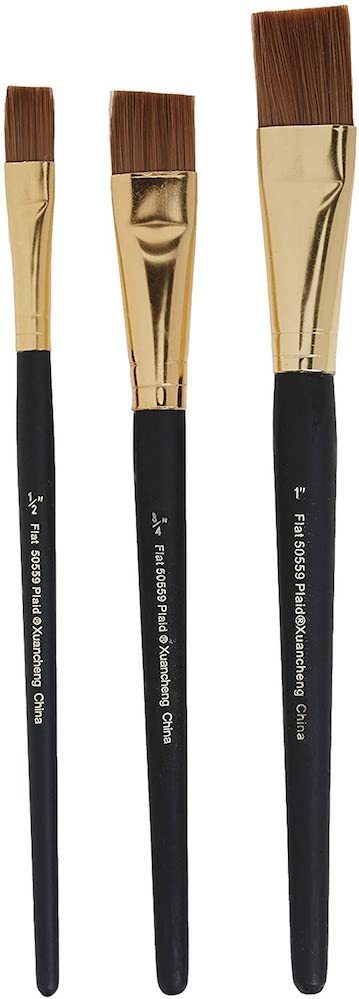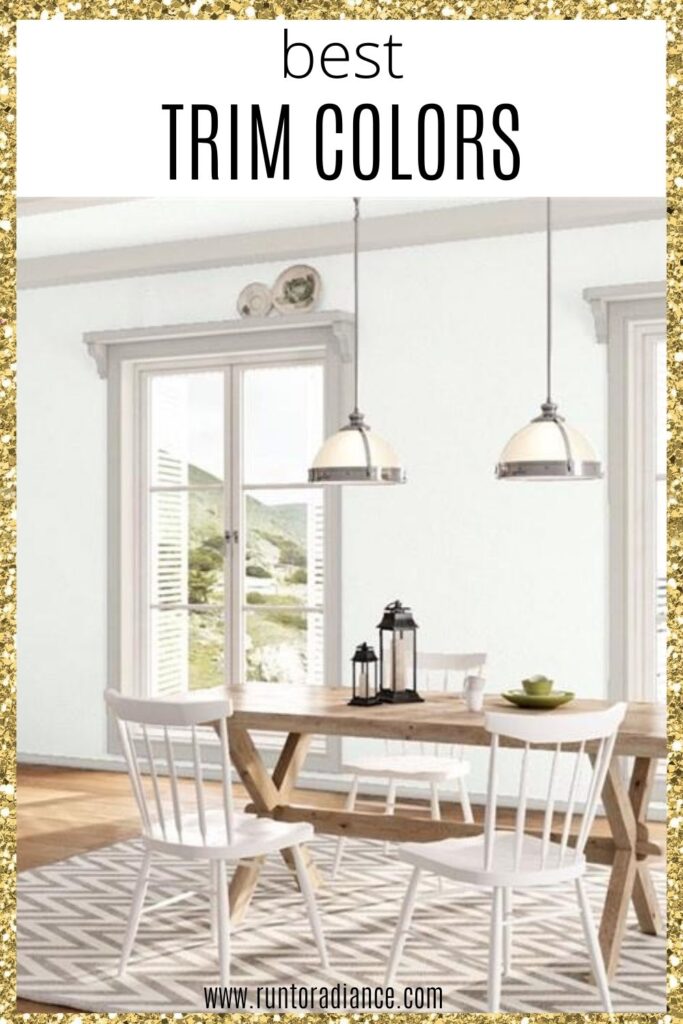

These foam brushes don’t leave bristle marks in small places. Best Paint Brush for Touch Upsįoam angled brushes can be your best friends when a touch up is need. The best paint brush for cutting in walls is the angled brush, to make the perfect edge where ceiling meets wall. For walls, you usually want to use water-based paint brushes with synthetics bristles, like nylon and polyester. There are two types of paint brushes, one for oil-based paint and another for water-based paint. Whether you’re painting walls, trim, doors or cabinets we’ll help you find the ideal brush for you. For beautiful and even coverage, our guide helps you choose the best paint brush for any type of job. If you want the job done right, call in a team of professionals from Tar Heel Painters.Finding the best paint brush depends on the surface you want to cover. Not everyone is ready to tackle printing their home on their own.
#BEST PAINTBRUSH FOR TRIM PROFESSIONAL#
While flagged or split ends offer a professional looking cover, they can be expensive and are usually reserved for professional painters with more experience. Tipped or pointed ends are great for general painting projects.Use a thin angle brush corners and sharp angles and a regular angle brush for cutting in ceilings. Angled sash bristles are best for cutting around doorways, moldings and other smaller areas.

Square Edged Brushes work best when covering large areas like walls and doors.Not sure what to choose? Here are a few tips to follow when brush shopping:

This includes knowing which bristle cut and tip to use for every area of the room. Someone who has years of experience at painting may be able to complete a project with only a few different brushes on hand, but that isn’t the case for the novice or weekend painter. Most of us average folk need some help making our finished projects look smooth and neat.Ĭhoosing the right paintbrush can help keep your next paint job from appearing messy and child-like. Watch a professional painter at work and you will be amazed at how quickly he can finish a job ““ sometimes without ever changing his paintbrush. Large flat areas ““ opt for a 4-5 inch brush.Doors and cabinets ““ use a 3-inch brush.Painting small trim or a window? Use a 1-2 inch width brush.Still not sure which paintbrush is best? Here a quick guide to help you choose: This helps you better control the painting and keep excessive dripping from ruining the job. Professional painting experts know the golden rule of painting: choose a brush slightly smaller than the surface being painted. When it comes to painting, bigger is not always better. With paintbrush sizes ranging from ¼ inch to 5 inches in width, you may be tempted to pick the biggest one (after all, that’ll help you get done faster, right?). Go shopping for a new paintbrush and you will soon discover that there are dozens of choices. Use the wrong brush material with the wrong paint and you will discover the bristles becoming limp, and the area being painted streaky. Brushes made of natural fiber bristles (like animal hair) are best for painting with oil-based paints. For instance, synthetic brushes made of nylon, polyester, or a combination of both are designed for latex paint. The paintbrush you choose will depend a great deal on the type of paint being used. If you aren’t sure about which ones to buy, check out these three important factors to consider when choosing the perfect paintbrush for your project. Before you begin your next painting project, be sure that you have everything you need on hand ““ including the right paintbrushes. Doing the job right requires a certain amount of skill and knowledge not to mention the right tools. But, don’t be fooled into thinking it will be quick and easy. Painting is a great way to freshen up a room.


 0 kommentar(er)
0 kommentar(er)
